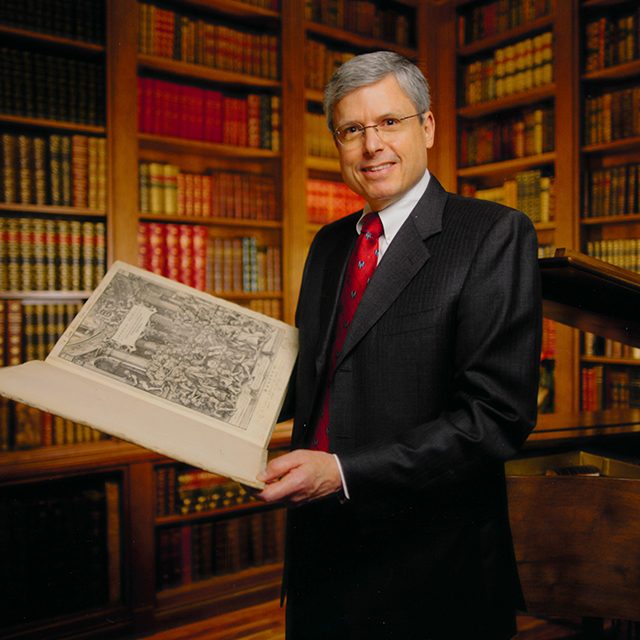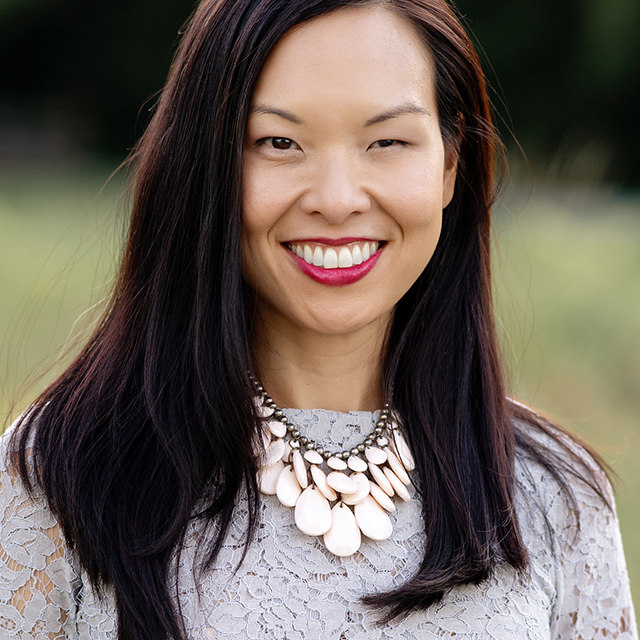From a young age, MAULIK MAJMUDAR aspired to become an emergency room doctor. Then, while in medical school at Northwestern University, Majmudar opted for an away rotation at Johns Hopkins’ cardiac intensive care unit.
“Seeing medical devices such as drug-eluting stents, pacemakers and ventricular assist devices save lives, I was sold,” he recalls. “I pursued internal medicine just so I could become a cardiologist.” Simultaneously, a thirst for new care models steered Majmudar toward the nascent field of digital medicine.
After completing his residency in the Osler house staff training program (2005), he pursued a cardiology fellowship at Brigham and Women’s Hospital and a postdoctoral program at Massachusetts General Hospital. There, Majmudar helped launch the institution’s Healthcare Transformation Lab.
In 2012, Majmudar became a founding member of Quanttus, a medical wearables startup focused on developing a cuffless blood pressure device. He served as the company’s chief clinical officer until 2016. Two years later, he was named principal medical officer at Amazon. Majmudar oversaw the team that developed Amazon Halo — the company’s first wearable health tracker, which can monitor everything from your sleep quality and body composition to the tone of your voice.
“I’ve been working from home with three kids under the age of 4,” he says, “so I use this feature to gut-check that I am not taking any of my stress out on my family or friends.”
In April 2021, he joined virtual care and digital therapeutics company Biofourmis as a co-founder and chief medical officer. Biforumis’ goal: to leverage continuous physiological data from wearable sensors and machine learning to enable health care organizations (including the Mayo Clinic, Novartis and Brigham and Women’s Hospital) to provide virtual care across the patient continuum, including acute, post-acute and chronic care.
Majmudar says that although technology offers many exciting opportunities, “there are limits to its power, and the success of any particular product or program almost never has anything to do with the technology.” Rather, “it’s the will to change behaviors and clinical workflows; getting alignment between the various stakeholders; clearly articulating who pays, who benefits; and creating the right infrastructure to continually measure impact.”
Another big challenge, he says, is ensuring “techquity” (technology equity): “There is a real concern about deploying technological solutions without paying close attention to the needs and capabilities of vulnerable populations.”


